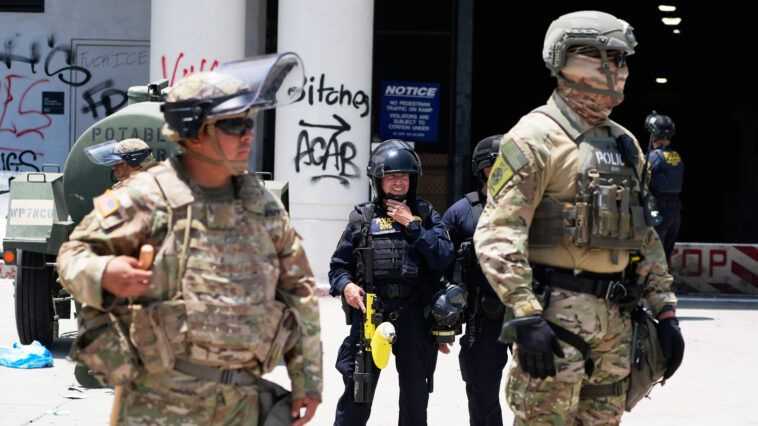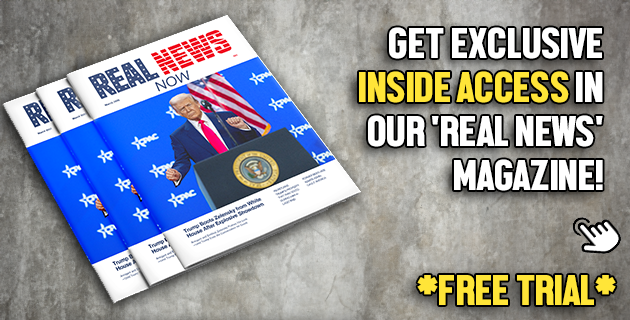On Thursday, a United States federal appeals court delivered a decision favorable to former President Donald Trump. The verdict allowed Trump to maintain control over National Guard units he had tasked to Los Angeles amidst protests surrounding immigration crackdowns.
This judgement overruled a previous, contrary ruling from a lower court. That initial ruling sided with California’s Governor Gavin Newsom, who publicly expressed his disapproval of Trump’s decision to deploy the troops. The case saw its zenith at the 9th US Circuit Court of Appeals where the judges cumulatively agreed that Trump’s actions to federalize California’s National Guard were likely lawful.
The event marked the first instance since 1965 where a United States president took control of a state’s National Guard without the governor’s consent. The bench of three judges, in their decision, acknowledged that although the president’s powers over state forces aren’t infinite, the justification provided by the Trump administration for this particular intervention had a reasonable basis.
Their judgement referenced undisputed incidents that showed federal officers and properties being violently attacked by protestors. These acts of aggression included causing destruction to federal buildings, leading to a shutdown of at least one such building.
Incidents also involved a federal van facing the wrath of protestors who shattered its windows. Through citing these occurrences, the court emphasized the intrinsic need of the federal government to avoid such disturbances.
Generally, a president must inform the state governor prior to federalizing its National Guard, as laid down by federal law. However, the court ruled that in this instance, Governor Newsom lacked the authority to overturn the president’s decision.
The court stated that even if there was a perceived shortcoming in the process of communication between parties, this would not be sufficient grounds for rescinding the deployment order.
The roots of this legal conflict trace back to Governor Newsom filing a lawsuit with the goal of stopping Trump’s directive. US District Judge Charles Breyer previously supported Newsom’s stance, affirming that only under conditions of rebellion or a threat thereof, could a president take executive control.
According to Judge Breyer’s interpretation, the spate of protests in Los Angeles was notably dissimilar to a state of rebellion. The Trump administration, however, reasoned that the courts shouldn’t have a say in evaluating the president’s prudence around national security matters.
The main trigger of these protests and subsequent National Guard deployment was a sequence of actions led by federal immigration enforcement, in particular, operations led by Immigration and Customs Enforcement (ICE). Demonstrations were largely centered near federal buildings.
The Trump administration put forward the argument that these premises fell outside local law enforcement’s jurisdiction. The administration responded by swelling the security personnels to approximately 4,800 members, which includes both US Marines and National Guard personnel.
Interestingly, the augmentation of troops took place despite a downward trend in the number of protests and the lifting of curfews in Los Angeles. Officials stuck to their view that it was imperative to ensure the protection of federal agents and properties.
The deployment of the National Guard, according to the administration’s narrative, was paramount to maintaining federal security, regardless of public or political reaction.




